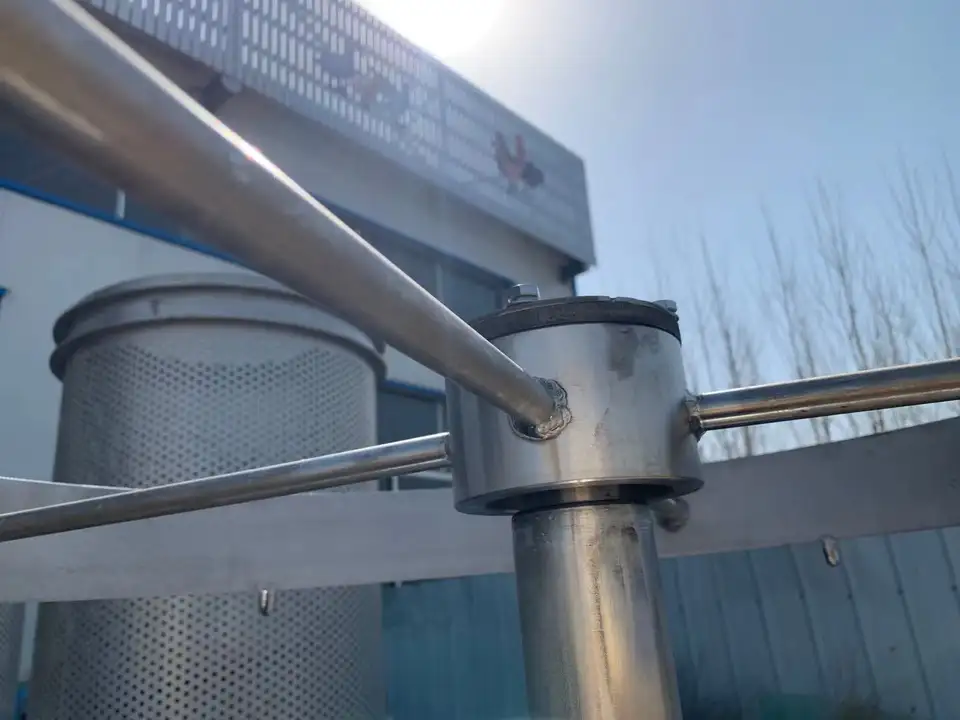poultry scalders
Oct . 07, 2024 18:15 Back to list
poultry scalders
The Importance of Poultry Scalders in Modern Processing
In the poultry processing industry, the importance of scalding cannot be understated. Poultry scalders play a crucial role in the preparation of chickens, turkeys, and other birds for consumption by ensuring that feathers are easily removed while maintaining the quality of the meat. This article explores the significance, mechanisms, and advancements in poultry scalding technology.
The Scalding Process
Scalding is the process of immersing poultry in hot water, typically between 130°F to 160°F (54°C to 71°C), for a brief period. This thermal treatment serves multiple purposes. Primarily, it loosens the feathers, allowing for easier plucking. However, it also serves to kill bacteria on the bird’s skin, thereby enhancing food safety. The challenge, however, lies in scalding effectively without compromising the meat quality, which requires precise temperature control and timing.
Types of Poultry Scalders
Poultry scalders can be broadly categorized into two types wet and dry scalders. Wet scalders use hot water immersion to scald the birds, while dry scalders employ steam. Each type has its advantages and disadvantages. Wet scalding is more commonly used due to its effectiveness in feather removal, but it requires careful management to prevent water contamination with feathers and blood. On the other hand, dry scalding can reduce the risk of contamination but may not be as effective for certain types of birds.
poultry scalders

Technological Advancements
Recent advancements in scalding technology have led to more efficient and effective systems. Modern scalders utilize automated controls to maintain precise temperatures and ensure uniform scalding of birds. Some systems incorporate innovative designs that enhance water circulation, improving heat transfer and ensuring that every bird is properly scalded. Additionally, the introduction of environmentally friendly solutions, such as reclaiming and filtering water, has reduced the overall ecological impact of the scalding process.
Impact on Food Safety and Quality
Ensuring food safety and high-quality meat products is paramount in the poultry industry. The proper use of scalders significantly contributes to these objectives. Improperly scalded birds can result in poor feather removal, increased contamination, and ultimately a lower quality product. Conversely, well-regulated scalding reduces microbial load and helps meet regulatory requirements for food safety. Technicians and workers must be trained to monitor and adjust parameters to achieve optimal results, minimizing risks associated with poultry processing.
Conclusion
Poultry scalders are a vital component of the poultry processing industry, impacting not only operational efficiency but also overall meat quality and food safety. With ongoing technological advancements, the future of poultry scalding looks promising. Emphasizing the importance of precision and automation, the industry is poised to meet the demands of consumers while maintaining strict standards. As poultry production continues to evolve, the role of scalders remains integral, ensuring that poultry products are safe, high-quality, and ready for consumption. By investing in innovation and adhering to best practices, the poultry industry can support public health and consumer satisfaction effectively.
-
Automatic Feeding Line System Pan Feeder Nipple Drinker|Anping County Yize Metal Products Co., Ltd.
NewsJul.30,2025
-
Automatic Feeding Line System - Anping Yize|Pan Feeder,Nipple Drinker
NewsJul.30,2025
-
Automatic Feeding Line System - Anping County Yize Metal Products Co., Ltd.|Pan Feeder, Nipple Drinker
NewsJul.30,2025
-
Automatic Feeding Line System-Poultry Farming|Chicken Feeding&Watering
NewsJul.30,2025
-
Automatic Feeding Line System - Anping County Yize Metal Products Co., Ltd.|Pan Feeder Nipple Drinker,Broiler Farming
NewsJul.30,2025
-
Automatic Feeding Line System Pan Feeder Nipple Drinker-Anping County Yize Metal Products Co., Ltd.
NewsJul.30,2025






